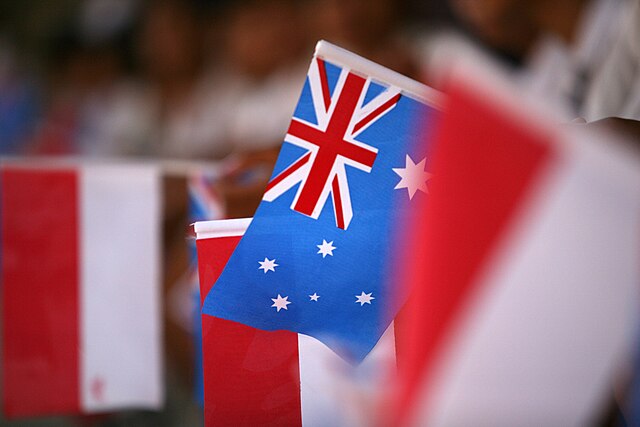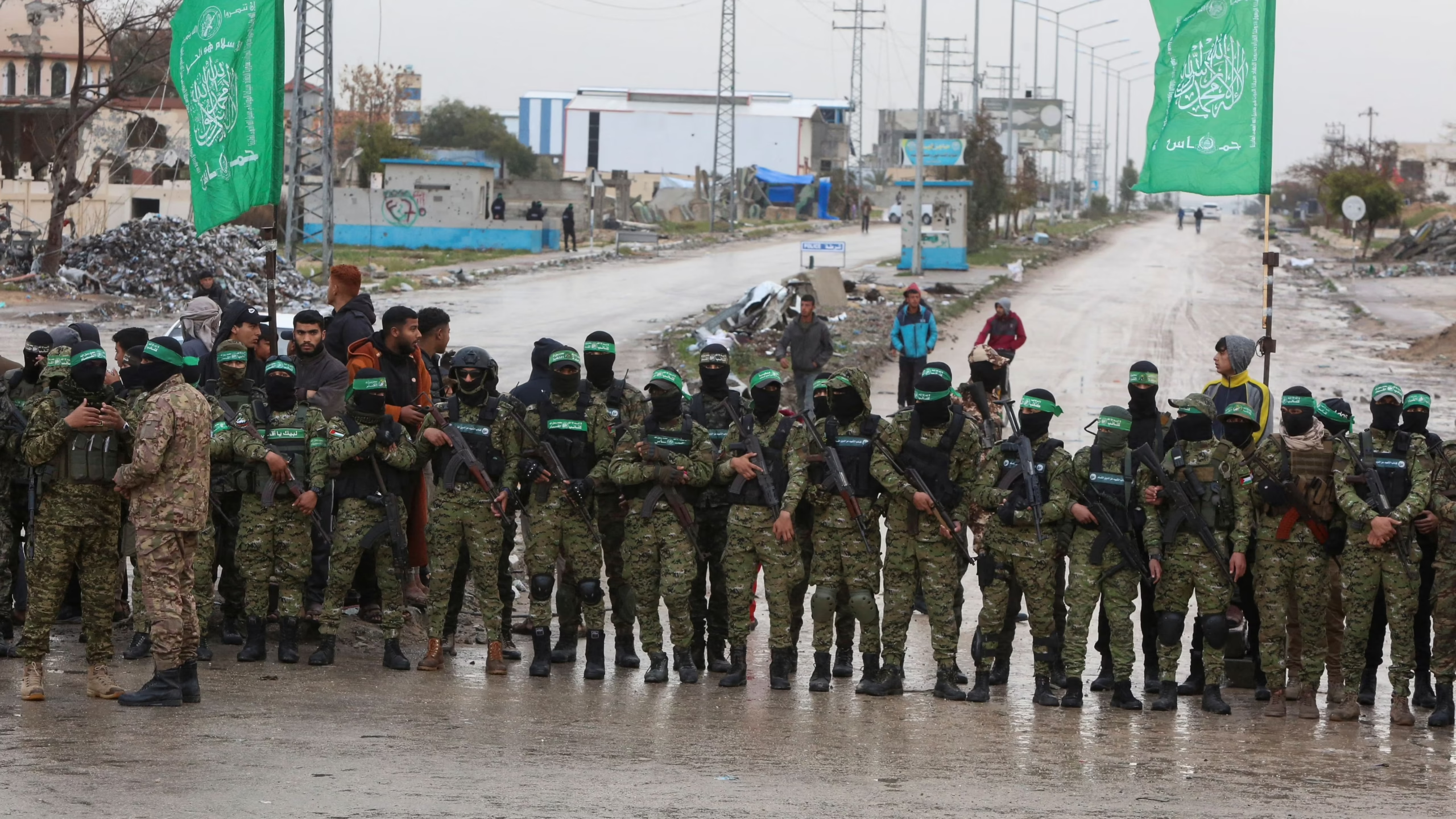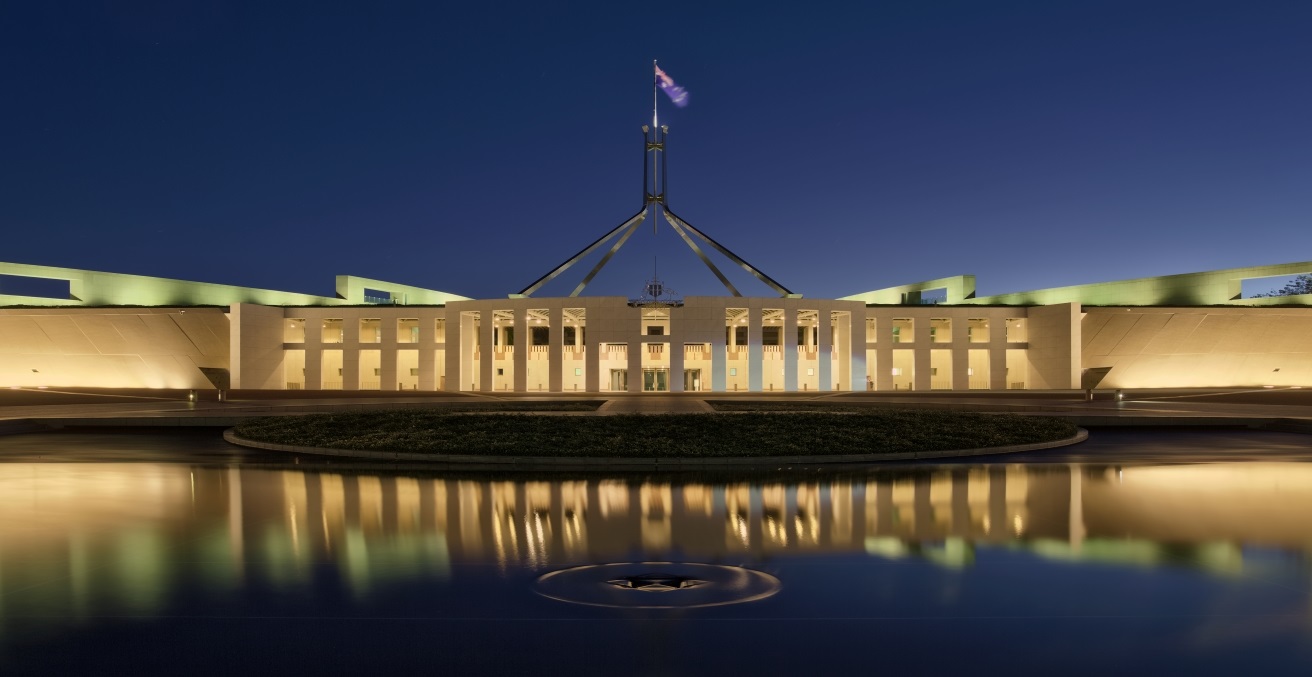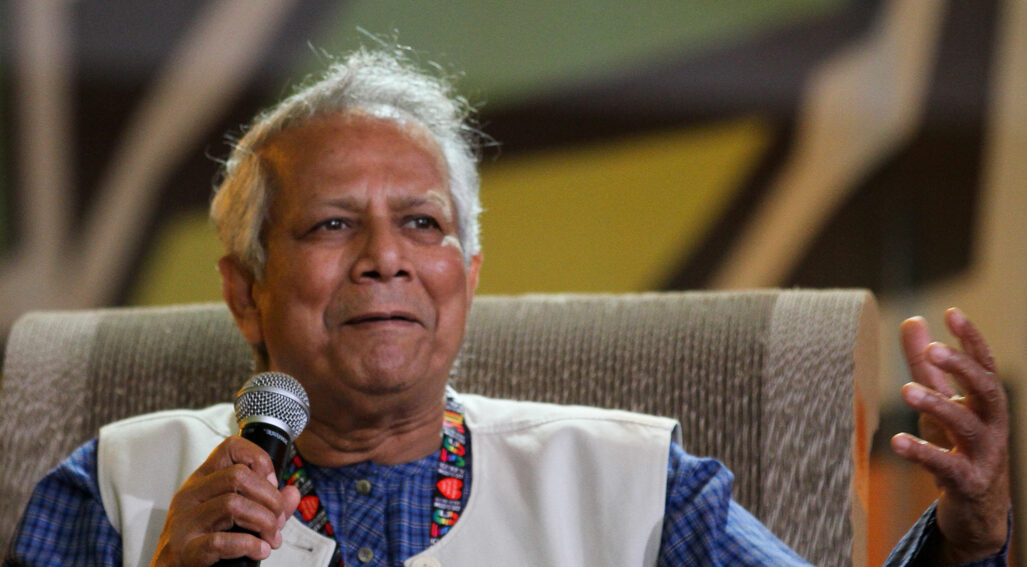Air strikes are nothing new for Myanmar’s civilians, but since the 2021 coup that ousted Aung San Suu Kyi’s elected government, they’ve become frequent, deadlier, and targeted. The “Sit-tat” (Myanmar Army) uses wartime aircraft like the Yak-130s and MIG-29s to bomb schools, monasteries, homes, and ethnic communities in a brutal display of power.
To crush the opposition and instil fear, the military regularly targets anti-junta forces, People’s Defense Forces (PDFs), and Ethnic Armed Organizations (EAOs) like the Karen National Union (KNU), Arakan Army (AA), Myanmar National Democratic Alliance (MNDAA), and Ta’ang National Liberation Army (TNLA). But civilians bear the brunt. In just four days in September 2023, seven strikes killed ten children, per UNICEF. In 2023, 613 people were killed in air strikes; by April 2024, the toll was already 359, including 61 kids from the targeted schools.
What fuels these atrocities? Fuel, literally. These aircraft receive power from jet fuel, and without it, the aerial dominance fades away. Even though Western nations like the US, UK, and the EU have imposed sanctions on jet fuel exports, attacks continue. Although the largest supplier of aviation fuel, Geneva-based “Puma Energy,” did exit in 2022 under the pressure of sanctions, once one entity refuses to cooperate, another entity (country or company) rushes to take its place.
Despite sanctions by major aviation fuel-exporting countries, Myanmar’s junta continues its deadly airstrikes, thanks to sophisticated sanctions evasion. Amnesty International has collected evidence of the military finding loopholes in the sanctions, resulting in at least 67 kilotons of aviation fuel entering Myanmar in 2023 alone. The Sit-tat no longer buys fuel directly; instead, it relies on intermediaries and the usage of storage units to mask shipments. One such facility has been traced to Vietnam, where vessels offload fuel into storage before it’s blended or rerouted, obscuring its origin. The jet fuel then quietly reaches the junta’s hands.
But fuel doesn’t appear out of nowhere. In a world where pariahs find partners, companies like PetroChina’s Singapore Petroleum Company, Russia’s Rosneft, and Chevron Singapore continue supplying the junta, as reported by Al-Jazeera. From January to June 2024 alone, airstrikes increased fivefold because of the continuous fuel shipments. Since 2022, Russian and Chinese oil has kept Myanmar’s economy running and its skies deadly. The Chinese tanker, Huitong 78, has delivered fuel for fighter jets and helicopters via a carefully planned route through the UAE and Singapore to Vietnam and lastly to Myanmar.
Further investigations have identified three cases of the Vietnam shipments, which can be traced to the China National Offshore Oil Corporation (CNOOC) terminal in Huizhou.Vietnamese customs data further shows that BB Energy Asia Pty Ltd, the most prominent fuel trader that had a Vietnam transit, is the Singapore branch of the company BB Energy. The traders, including BB Energy, sold the fuel to Hai Linh Ltd., a company in Vietnam, which then sold it to the Myanmar government.
Such clandestine methods are being used by the Sit-tat to allegedly continue their war against anti-army factions. But the ones who are suffering are civilians, including hundreds of children. Over the past year, more than 500 civilians have died in airstrikes. Since 2021, the death toll has crossed 6,000. Greater sanctions have continued to be put into place, such as the UK’s actions against companies Asia Sun and Myan-Oil, but nevertheless, the junta still moves with impunity.
How? Because behind the smokescreen lies complicity. Airbus, a French giant, is an investor in China’s state-owned Aviation Industry Corporation of China (AVIC), which supplies aircraft to the junta. While other AVIC investors have pulled out, Airbus has increased its stake. France, Germany, and Spain are Airbus’s chief shareholders, which means they publicly condemn the junta while indirectly arming it, too. AVIC delivered eight aircraft to the Sit-tat as recently as December 2024. Airbus denies any wrongdoing, but denials cannot erase accountability. As Human Rights Watch states, the UN Security Council’s silence is “astonishing.” Their toothless meetings reflect apathy more than action. The United Nations Security Council (UNSC) has only had a handful of meetings to discuss the atrocities conducted in Myanmar and has only condemned them in a watered-down manner.
Although the UN Human Rights Council (UNHRC) and the UN General Assembly have called for an embargo on arms and jet fuel, the inaction of the international community, as well as the involvement of Airbus, a leading company in a UNSC member nation, begs the question of whether the UNSC and the West truly want a resolution to the attacks (and war) in Myanmar.
Barring the West, the Association of Southeast Asian Nations (ASEAN), a supranational authority in the region, whose role should be one of dominance and strength, has failed to establish peace, protect civilians, and hold the Junta army accountable. In 2021, a Five-point Consensus was launched to condemn the actions of the Sit-tat, but it has failed. This is where ASEAN has fallen behind in the protection of the civilian people. As the leading organisation in the region, ASEAN must answer the prayers of the civilians suffering in Myanmar.
Malaysia takes over ASEAN’s presidency in 2025 with a heavy burden, to end the violence in Myanmar. But polite diplomacy and soft-spoken engagement with junta leaders must not be the path. What’s needed is direct condemnation and unified, forceful action. Southeast Asian nations like Indonesia and Malaysia must abandon ASEAN’s historic leniency, which has only enabled further bloodshed.
The path to resolving Myanmar’s crisis lies in regional cooperation among the Southeast Asian nations and not the Sit-tat. A cooperative and unified stance on the military regime’s isolation through halting trade, exclusion from ASEAN meetings, and implementing strict punitive measures could be a way forward.
However, the role of larger powers is also critical. They must exert proper pressure and, if necessary, consider military intervention to put an end to the junta’s brutal actions. But continued engagement by the Western powers through trade, arms deals, and aviation partnerships undermines such efforts. Moreover, the trade relations with the other pariah countries, China and Russia, who supply jet fuel and weaponry to the Myanmar Junta will significantly hamper the quest for peace.
Amid such complexity, ASEAN has one of the biggest roles to play alongside the Southeast Asian region. Their actions can put an end to the longstanding suffering of the civilians of Myanmar.
This article is published under a Creative Commons License and may be republished with attribution.




